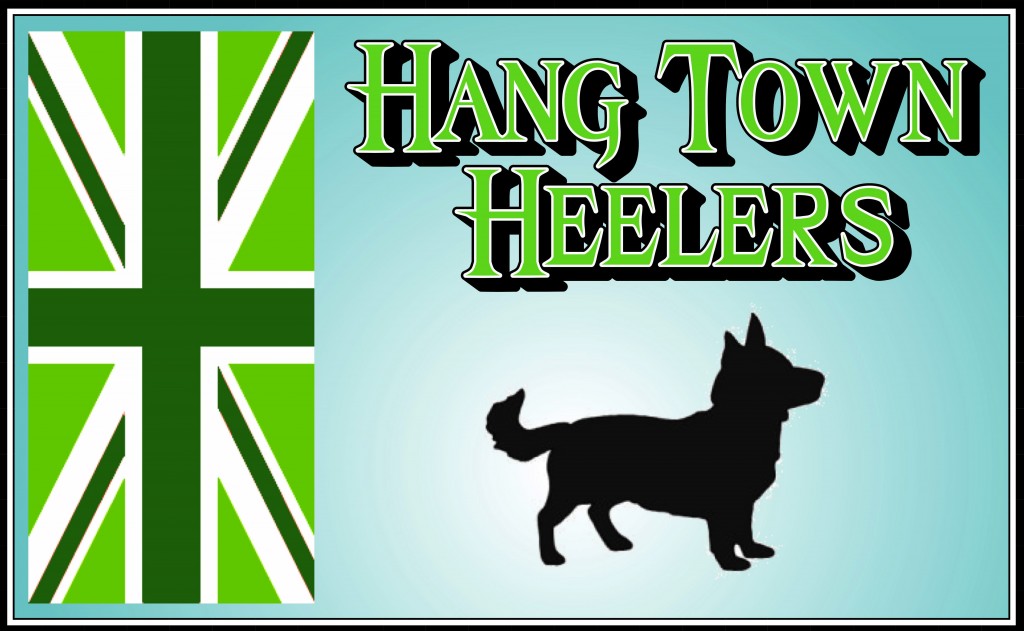The origin of the Lancashire Heeler varies by what source one reads. According to Iris Combe’s work; Herding Dogs-Their Origins and Development in Britain-
Opinion varies considerably as to whether these dogs are related to the corgi or not. Some authorities are convinced that this is so, while others believe the differences outweigh the similarities. From my own researches I feel the heeler is most likely a local variety of corgi or spitz dog which has been kept for generations within one particular district, in the same way as the Cardigan and Pembroke corgis. The only real evidence we have of his origin is that of his role of butcher’s heeler in Lancashire.
Ms. Combe goes on to say that there were at one time two distinct varieties: the Lancashire terrier type (black and tan similar to the Manchester terrier) and the Ormskirk type, which had white markings added to the coat and were a little longer in the leg. Ms. Combe says this about the the old time use of the Lancashire Heelers:
It is really as a butcher’s heeler that the Lancashire type was best known, but his terrier character, together with his unobtrusive colouring, also made him a ideal poacher’s dog. It was not unknown for a miner owning one of these dogs to earn a few shillings using him as a heeler at the livestock marts on market days, taking him on profitable poaching expeditions on Saturday nights, and then having a bit of fun at the local sport of rat catching on summer evenings, ending up using him as a hot water bottle either at work or in the home when the necessity arose.
In 1797 the export of sheep from Ireland increased and boosted the use of the port of Liverpool (for it’s nearness to the industries and meat markets in northwest England). This brought these small dogs into play as “herders of stock off the boats to the yards or marts”. As the livestock were driven off of the boats the little butcher’s dogs nipped at the heels to hurry them and as “they knew every inch of the way and scurried up side streets in advance of the flock to prevent entry.”
Butcher’s dogs tended to fall in to three categories: first were the heelers, useful corgi-like or terrier-types, masters of the nip and tuck when persuading reluctant animals to move a little faster to the butcher’s holding paddocks or to the slaughter houses. These dogs nipped low to the legs or heels of the animals, thus avoiding any lacerations to the hides. The most famous strain of heeler... was to be found in Lancashire.
Fifty or sixty years ago in northwest England these little dogs could be found on almost every farm. Besides being great at moving the livestock they were all around good farm dogs, catching vermin and being great watch dogs. As farming practices changed over the years, the number of dogs decreased and there was a real chance that the breed would just fade away. A few loyal Heeler owners, led by Gwen Mackintosh of Norfolk, England worried about the possibility of extinction, and worked diligently to preserve the breed and get them officially recognized in Great Britain. Gwen and a few others formed the Lancashire Heeler Club in 1978. In 1981 the Lancashire Heeler was granted recognition by the Kennel Club (UK). By the end of 1988, 751 LH’s were recorded in the Kennel Club’s registry. In 2003 the Lancashire Heeler was listed on the Kennel club’s list of vulnerable British breeds.



